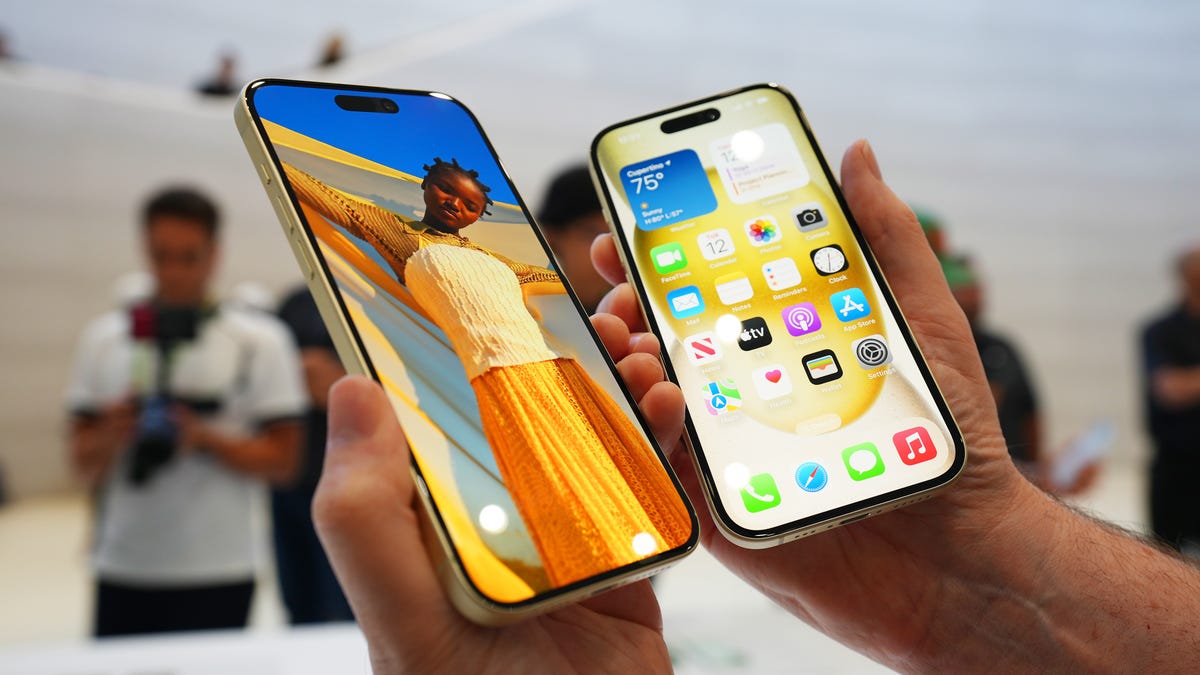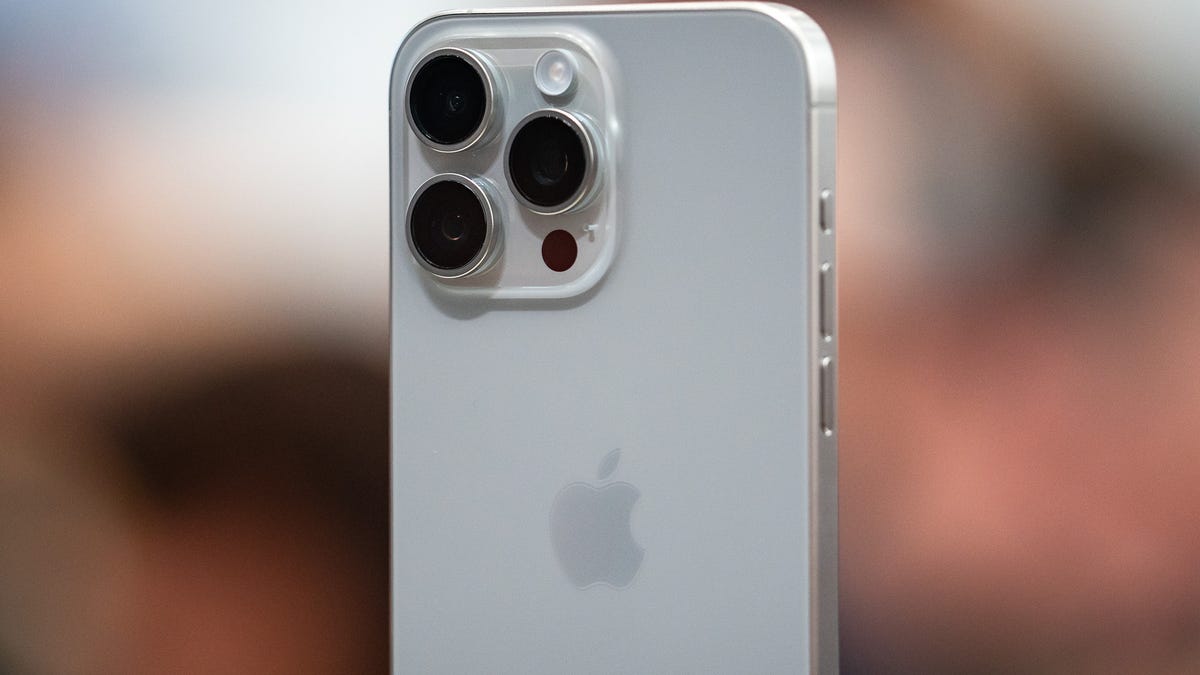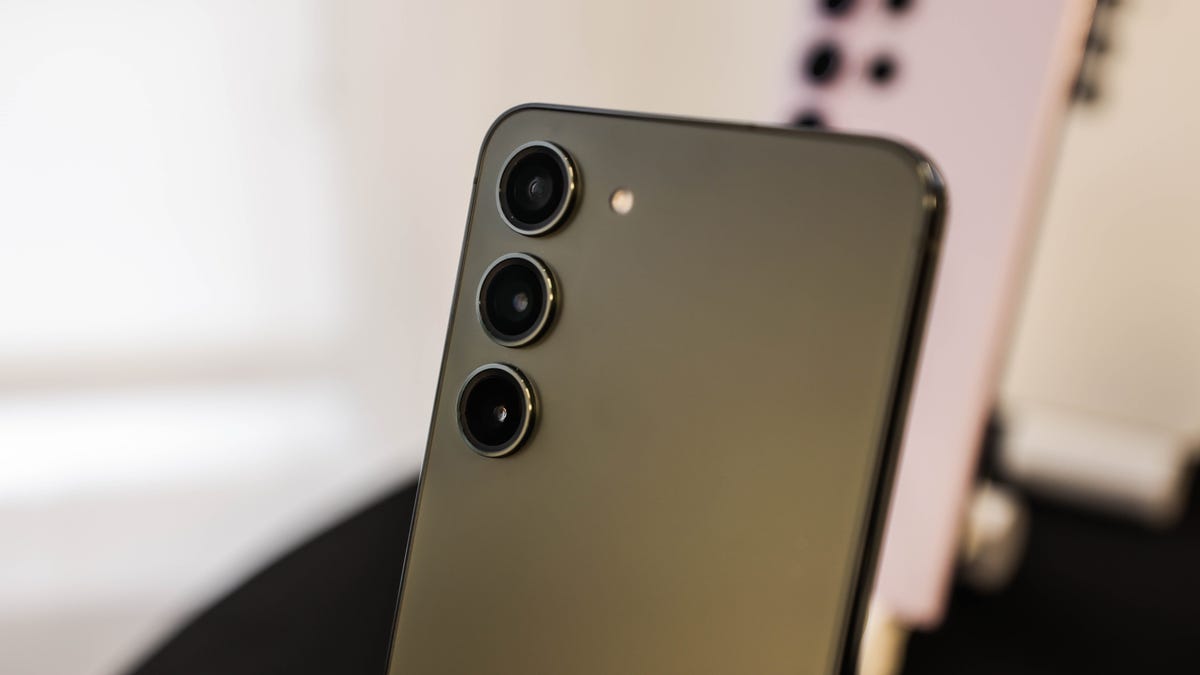No iPhone 15 Mini Here’s Why
No iPhone 15 Mini Here's Why
Apple Says Goodbye to the Mini: What Led to the Demise of the iPhone 15 Mini
/article-new/2021/04/iPhone-mini-wonder-feature-yellow.jpg)
In a surprising move, Apple has decided to bid farewell to the “mini” version of their iPhones in the latest iPhone 15 lineup. This decision comes just two years after the company introduced the iPhone 12 mini, which was hailed by fans as a much-anticipated small-screen device. So, what led to the demise of the beloved mini?
Disappointing Sales Figures
The first signs of trouble came when the iPhone 12 mini failed to generate the expected sales figures. According to Consumer Intelligence Research Partners (CIRP), the iPhone 12 mini accounted for only six percent of iPhone 12 sales in the U.S. during October and November 2020. Even worse, Counterpoint Research reported that it made up just five percent of all iPhone 12 sales in the first half of January 2021.
Apple’s decision to cut production of the iPhone 12 mini by two million units, as suggested by Morgan Stanley, made room for the more popular iPhone 12 Pro. The Taiwanese supply chain sources further confirmed that Apple increased its supply of the more expensive iPhone 12 Pro models due to strong demand in China. These actions indicated that the sales of the mini device were not meeting expectations.
The Vanishing Mini
JP Morgan Chase, in another revelation, claimed that Apple completely halted the production of the iPhone 12 mini in the second quarter of 2021. This decision was likely based on poor sales data for the iPhone 12 mini, even though it was already in the pipeline for production by the time the sales issues were identified.
Additional data from CIRP in April 2022 indicated that the iPhone 13 mini accounted for only three percent of iPhone 13 sales, half the sales percentage of the iPhone 12 mini. These consistent poor sales figures served as the primary reason behind Apple’s decision to discontinue the mini form factor.
Apple’s “Plus” Size Solution
In response to the demise of the mini, Apple introduced an all-new “Plus” device with the same 6.7-inch display size as their high-end “Pro Max” models in the iPhone 14 lineup. While this replacement does not provide a lightweight small-screen option, it does offer customers an even bigger battery and display at a much more accessible price point of $899, compared to the $1,199 price tag for the previous “Pro Max” models.
Unfortunately, the new iPhone 14 and iPhone 14 Plus did not perform as well as expected. Demand for these devices was lackluster and had worse pre-order results compared to the third-generation iPhone SE and the iPhone 13 mini. Display analyst Ross Young revealed that panel orders for the iPhone 14 were down 38 percent compared to the iPhone 13 at the same time last year. In addition, the resale market showed that the iPhone 14 and iPhone 14 Plus lost their value twice as fast as the iPhone 13 mini and iPhone 13.
Multiple reports, including one from DigiTimes, confirmed the low sales of the iPhone 14 Plus, which led Apple to cut production. These findings suggest that the lack of success for the iPhone 12 mini and iPhone 13 mini was not solely due to their size. It remains to be seen if the iPhone 15 Plus will perform any better.
The Future of the Mini
Rumors indicate that Apple has no plans to revive the mini form factor in their upcoming products. Instead, the smallest iPhones in the pipeline, such as the iPhone 16 and the fourth-generation iPhone SE, are expected to feature 6.1-inch displays. On the other hand, future devices like the iPhone 16 Pro and iPhone 16 Pro Max are rumored to grow even larger, with display sizes of 6.3 and 6.9 inches, respectively.
While the mini form factor may be making its exit from Apple’s iPhone lineup, it will be interesting to see what innovations and changes lie ahead for their ever-evolving product range.






